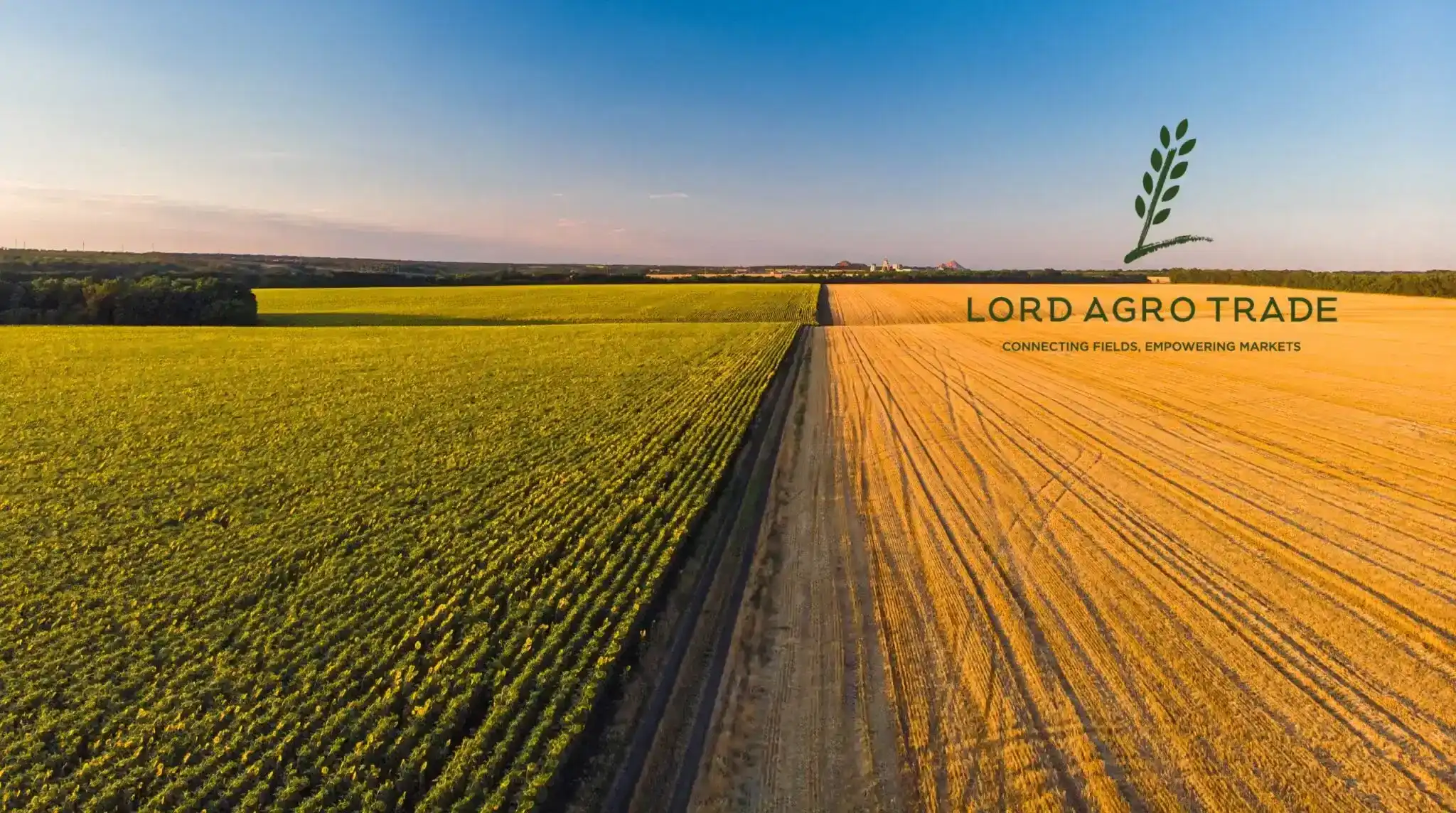Gulfood
17 To 21 FEB 2025 | DUBAI WORLD TRADE CENTRE
We’re excited to see you at Gulfood 2025!
Gulfood
17 To 21 FEB 2025 | DUBAI WORLD TRADE CENTRE
We’re excited to see you at Gulfood 2025!


This report provides an update to Agriculture and Agri-Food Canada’s (AAFC) November forecast for the 2024-25 crop year, using data available as of December 11, 2024. In Canada, the crop year typically runs from August 1 to July 31 for most crops. However, corn and soybeans follow a different timeline, starting on September 1 and ending on August 31. Geopolitical tensions and growing trade uncertainties continue to create significant challenges for Canadian and global grain markets. Additionally, Canadian lentil production is expected to significantly increase, contributing to the overall growth in agricultural output for the year.
The 2024-25 outlook uses data from Statistics Canada’s (STC) November Farm Survey, which was shared on December 5, 2024. This survey carried out between October 4 and November 7, collected information from about 27,200 Canadian farms. It provides the final crop production estimates 2024, replacing earlier figures published in September 2024.
The updated data shows that the total production of major field crops grew by 1.2% compared to September’s predictions. Overall, production is expected to be 2.7% higher than last year and 3.3% above the five-year average. Most of this increase comes from better yields in Western Canada, where production rose by 3.3% year-over-year and was 2.5% above the average of the past five years. Canadian lentil production is also expected to contribute significantly to this increase, as lentil yields are projected to rise due to expanded planted areas.

Looking at the main crop categories, wheat production grew by 6.1% compared to last year, largely due to a major 43.6% increase in durum wheat output. However, oilseed production fell by 2.9%, mainly because canola yields dropped by 7%, even though the planted area remained similar to the previous year.
This decline in oilseeds was more than made up for by an 8.4% rise in soybean production. Coarse grain production experienced a small dip of 0.2%, as lower corn and barley yields were balanced by gains in oats and rye. On the other hand, pulse and special crops, including Canadian lentil production, saw a major increase of 24.3%, driven by better yields and larger planting areas for almost all types, except sunflower seeds.
Exports for key field crops are expected to rise by 5% compared to last year, with significant growth expected for durum, canola, and lentils. However, carry-out stocks for all crops are expected to drop by 3%, with lower stocks of grains and oilseeds being greater than the increase in stocks of pulses and special crops. Prices for most crops are forecast to depend on many factors, such as international demand and importers. So far, fluctuations have been observed, with an upward trend. Many importers hope prices will be lower than last year for all agricultural products. Follow us for the next market report released in early 2025 for predictions.

In the 2024–25 crop year, Canadian lentil production is expected to rise by 35%, reaching 2.4 million metric tons (Mt). This increase is due to larger planted areas and higher yields. Production of large green lentils is estimated to be around 0.45 Mt, while red lentil production is forecasted to reach about 1.7 Mt. Production of other lentil types is expected to be 0.25 Mt.
The total supply is expected to increase by 28% compared to last year. However, this increase is limited by smaller carry-in stocks at the start of the year, although imports are expected to be higher.
Exports are forecast to grow significantly, reaching 2.1 Mt, with India and Turkey being the main markets. Despite the increase in exports, carry-out stocks (ending-year inventories) are expected to rise sharply.
In November, the on-farm price for No. 1 grade large green and red lentils in Saskatchewan increased by about $20 per ton compared to October. The average price for lentils is expected to range from $900 to $1,150, with an increase for door-to-door shipments.
The quality of the 2024–25 Canadian lentil crop is considered to be better than average. Predictions indicate there will also be a larger share of No. 1 and No. 2 grade lentils in the supply this year compared to last year. The price for No. 1 large green lentils is expected to be higher than No. 1 red lentils.
In summary, Canada’s lentil production is projected to grow by 35% in the 2024–25 crop year, thanks to improved yields and increased planting areas. Exports are expected to rise substantially, with India and Turkey remaining key destinations.
Despite this growth, the overall supply will be moderated by reduced carry-in stocks. However, imports are anticipated to help balance the market. Prices are likely to dip slightly, with No. 1 large green lentils continuing to command a premium over red lentils.
This year’s Canadian lentil crop is predicted to stand out in quality, with a larger share of high-grade lentils compared to previous years. This high-quality production is expected to have an important impact on prices compared to last year; an increase is expected, which will be determined in the near future.
At Lord Agro, we strive to provide fair prices along with optimal shipment services to coordinate your investment and costs. To know more about updated prices, check our website: